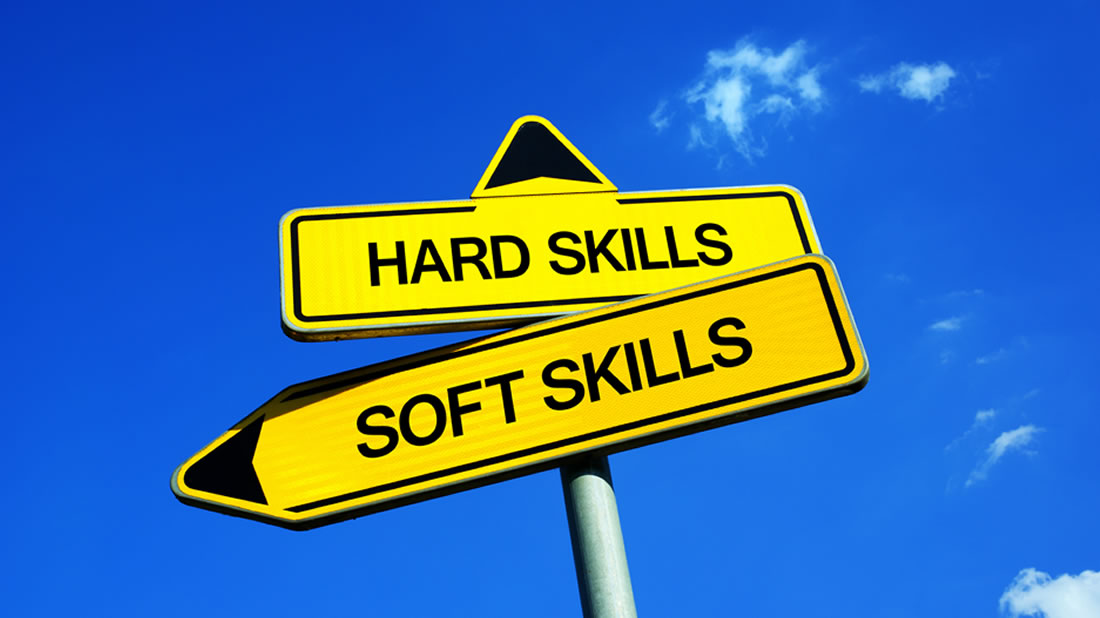3 big ideas for effective SEL strategies
Students need SEL skills in school and as they enter the workforce—here’s how to build those skills
Educators, practitioners, and administrators should identify the what, the why, and the how of essential social and emotional learning (SEL) skills when implementing these strategies in an effective manner, according to SEL advocates.
In a recent edWebinar, Dr. Stephanie Jones, director of the Ecological Approaches to Social-Emotional Learning (EASEL) Lab, explained that there are six SEL domains studied and documented by researchers.
Related content: 5 benefits of SEL in classrooms
The first three domains are skills and competencies: cognitive, emotional, and social. The next three are belief ecologies: attitudes, habits of mind, and ways of thinking about the world. One way to think about how these two sets go together is that one is a set of things you learn and know how to do, and the other is a set of internal guideposts that tell you to use those skills when it’s essential and when it matters.
The what
Regardless of setting or age, the goal of SEL is for students to engage in classroom learning activities, and four key components must be in place for this to happen.
